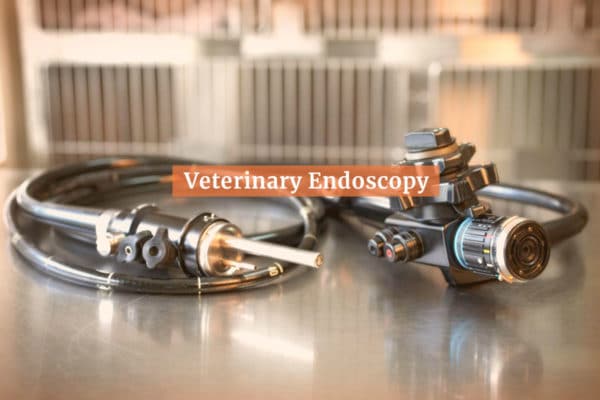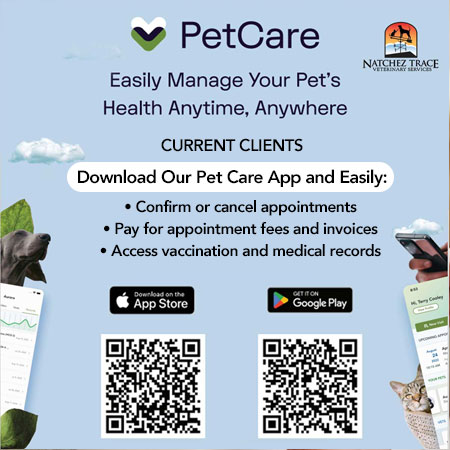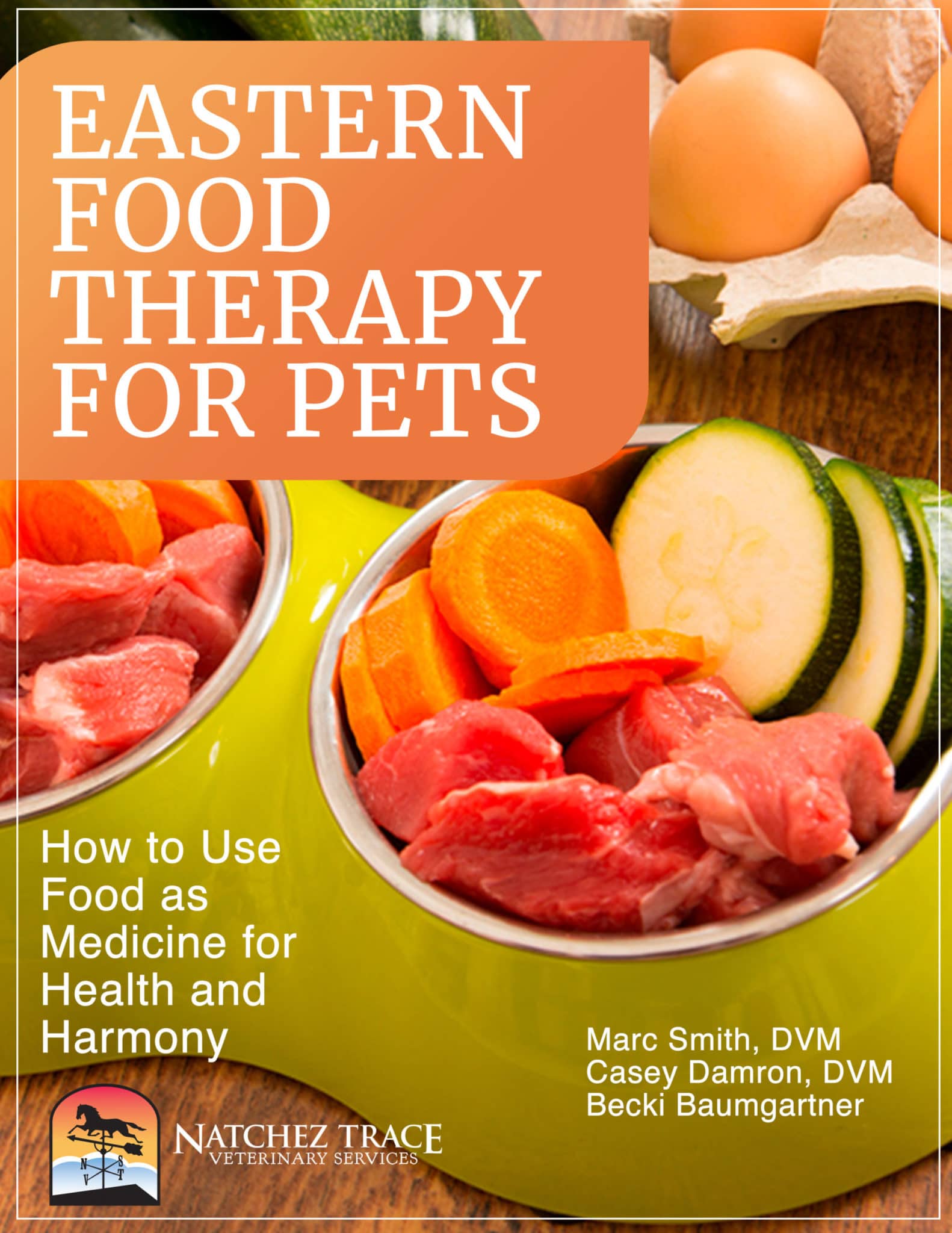Why Veterinary Endoscopy?
Discover a breakthrough in pet healthcare: veterinary endoscopy. This incredible procedure isn’t just simple and safe – it’s your pet’s ticket to a non-invasive examination of their gastrointestinal system, ensuring their well-being naturally.
When it comes to diagnosing and treating gastrointestinal problems, endoscopy reigns supreme. Imagine a minimally invasive approach that utilizes an endoscope, a slender, flexible tube housing a camera at its tip, offering a glimpse inside your pet’s body without the need for surgery. It’s a game-changer compared to traditional methods, providing numerous advantages.
What sets endoscopy apart is its precision. It facilitates accurate diagnoses and tailored treatments by peering into the oral, esophageal, stomach, and colon regions. Moreover, it’s remarkable how endoscopy can extract foreign objects from your pet’s system, eliminating the necessity for invasive surgery.
But here’s the highlight: endoscopy excels in identifying chronic gastrointestinal disorders in dogs, offering relief for issues like chronic vomiting, chronic diarrhea, ulcers, and more. This scientifically proven technique isn’t just a new approach; it’s a tested and trusted method that goes beyond expectations.
Realize the potential of this method in ensuring your pet’s health and happiness. It’s a step beyond conventional methods, empowering you to overcome health hurdles efficiently and comprehensively.
Welcome a change in your pet’s healthcare journey with the simplicity and success that veterinary endoscopy brings. Your pet deserves the best; with endoscopy, you’re ensuring precisely that.
Anesthesia is Mandatory
We also want you to be aware of an important aspect of veterinary endoscopy: while it’s relatively straightforward, anesthesia is essential to ensure a comprehensive and accurate assessment of your pet’s well-being.
Once your beloved companion is under sedation or general anesthesia, a slim, flexible endoscope – about the size of your ring finger – is gently inserted into the area needing examination.
This remarkable tool enables the visualization of various abnormalities like tumors, polyps, inflammation, and signs of bleeding, providing crucial insights into your pet’s health.
In some instances, introducing air into the inspected area may be necessary. This inflation process ensures a more comprehensive and detailed examination, aiding in a thorough evaluation.
Typically, veterinary endoscopy lasts around 15-20 minutes. Before any veterinary endoscopic procedure, your pet must fast for at least 24 hours to prepare adequately.
Rest assured, while the process involves careful preparation and the administration of anesthesia, it’s all aimed at ensuring a precise and effective examination to guarantee the best possible care for your furry friend. Your pet’s health and comfort are at the forefront of veterinary endoscopy.
Diseases Diagnosed Via Endoscopy
Veterinary endoscopy can be used to diagnose and treat a wide range of conditions, from intestinal obstructions to bladder stones.
- Inflammatory Bowel Disease
- Colitis
- Esophageal Strictures
- Foreign Body Removal
- Tumors
- Gastric Ulcers
The procedure is minimally invasive, so there is no need for a long recovery time or large incisions. It can be done quickly and safely in a veterinary clinic or hospital.
People Also Ask
1. Are there risks associated with veterinary endoscopy?
Veterinary endoscopy is a safe procedure. The risk associated with veterinary endoscopy is minimal.
The procedure itself is very safe and does not carry any significant risk of complications.
The only risk factor is the anesthesia or sedation necessary to perform the procedure.
Animals may experience side effects from anesthesia, such as low blood pressure, slowed breathing, and vomiting.
However, these risks are usually minor and can be managed with proper monitoring and medical intervention.
2. When might my pet need a veterinary endoscopy?
A veterinary endoscopy becomes necessary when your pet experiences persistent symptoms such as prolonged vomiting, chronic diarrhea, unexplained weight loss, or excessive salivation. These symptoms might indicate underlying issues within the gastrointestinal tract that require investigation.
Endoscopy is a valuable diagnostic tool due to its efficiency and precision. It’s a relatively quick, simple, and direct procedure. This method often proves particularly beneficial when there’s a suspicion of foreign body ingestion or other gastrointestinal complications. Using an endoscope—a flexible tube with a camera and light—we can visually examine the internal organs, allowing for a detailed assessment without invasive surgery.
One of the significant advantages of endoscopy lies in its ability to provide clear insights into the condition of the gastrointestinal system. For instance, in cases involving foreign object ingestion, the endoscope can locate and sometimes even remove the object without requiring a more invasive surgical intervention.
Ultimately, veterinary endoscopy is a crucial diagnostic technique, offering a non-invasive means to explore and understand the underlying causes of your pet’s gastrointestinal issues. Its effectiveness in pinpointing problems within the digestive tract often makes it a preferred initial step in diagnosis, potentially eliminating the need for more invasive procedures and expediting the treatment process.
3. Does my pet need to fast before a veterinary endoscopy?
Yes, your pet must fast 24 hours before a veterinary endoscopy.
Fasting before a veterinary endoscopy is typically recommended for several reasons aimed at ensuring the safety and success of the procedure:
- Reducing the Risk of Complications: Fasting helps reduce the risk of complications during the endoscopy. When a pet hasn’t eaten for some time, their stomach is less likely to contain food or fluids that could obstruct the endoscope’s view or cause regurgitation during the procedure.
- Clearer Imaging and Better Visualization: A fasted state means the gastrointestinal tract is emptier. This allows for better visualization of the internal organs, as there’s less interference from food particles or undigested material.
- Minimizing the Risk of Aspiration: Aspiration occurs when stomach contents reflux into the lungs, which can lead to respiratory issues. Fasting decreases the likelihood of regurgitation and aspiration during the procedure, reducing potential risks to your pet’s respiratory system.
- Safer Administration of Anesthesia: Anesthesia is often used during endoscopic procedures to keep pets still and comfortable. Fasting helps prevent complications associated with anesthesia, such as vomiting while under sedation, which could lead to aspiration pneumonia.
- Accurate Diagnostic Results: Fasting ensures a clearer view of the gastrointestinal tract. This aids in accurate diagnosis by allowing us to identify any abnormalities, lesions, or issues within the digestive system more effectively.
Following our instructions regarding fasting duration and guidelines specific to your pet’s health condition is important. We will provide detailed instructions tailored to your pet’s needs, including when to withhold food and water and any other pre-procedure preparations.
4. Do you offer veterinary endoscopy at your clinic?
Our veterinary facility has an in-house endoscope, allowing us to promptly and effectively conduct diagnostic examinations for your pet’s gastrointestinal health.
The procedure itself is relatively quick, typically taking approximately 15 to 20 minutes to complete.





